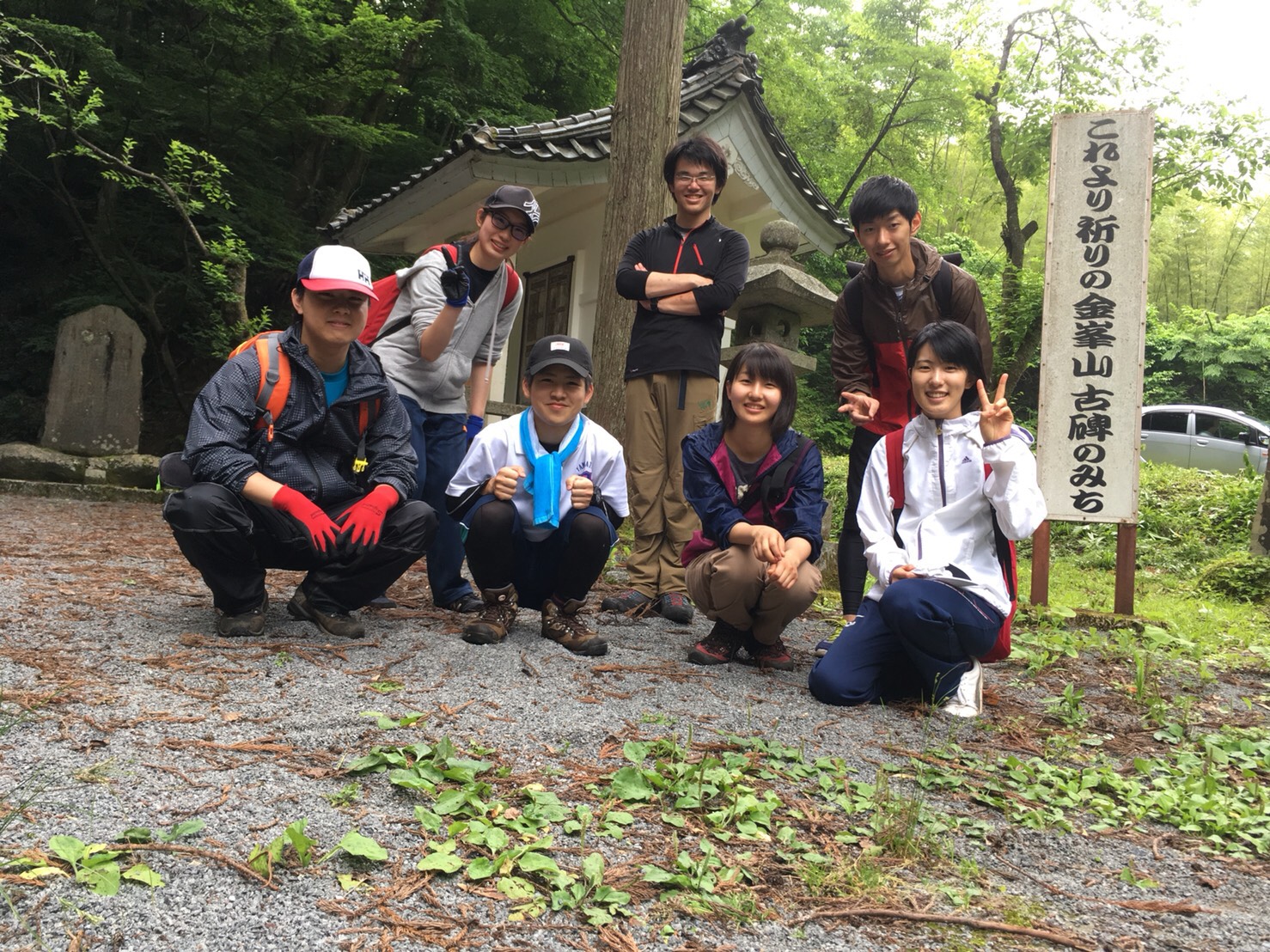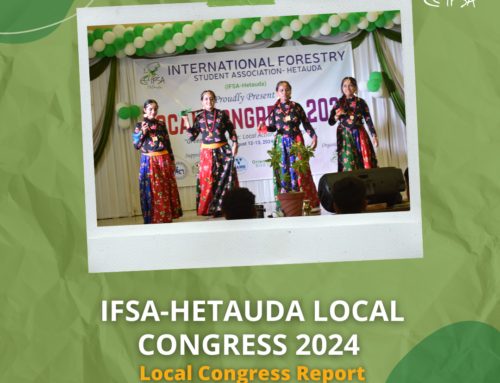Japan, a country with well-known for its advance technologies yet still able to preserve its culture and nature. Although Japan is one of the most densely populated country in the world, around 70% of Japan’s land area is covered by the forest. Their success in preserving forest ecosystem is a huge deal in the middle of alarming global deforestation and environment degradation trends nowadays. During one-year period of stay in Japan, I was able to conduct an interview with one of the forestry student that involved in many environmental and forestry education activities although most of the university student in Japan facing an excessive heavy workload and responsibilities in their academic and part-time job duties. Meet Akari Taira, or you may call her Akari-chan, she is an undergraduate forestry student in Yamagata University, Tsuruoka Campus, Japan. She is also the leader of Mori no Tami (Forest People) club in her university this year.
Q1. Hello, Akari-chan! Would you like to tell us about Mori no Tami?
Hi! Well, Mori no Tani is a club activities in the Faculty of Agriculture, Yamagata University that conducting an environmental or forestry education mainly to the local elementary students that lives around this region and also for everyone that interested in forest or environmental subject. This club has around 40 student members, one supervisor, and one technician and all of them is come from Faculty of Agriculture in Yamagata University.
Q2. So, what are Mori no Tani activities?
Mainly we held Mori no Gakkou or School of Forest in summer, autumn, and winter for the elementary students around this region. We also open a booth or stand on many local festivals to conduct a handicraft from forest product workshop for local people. Since we are a club, we also held some optional activities such as charcoal making, trekking in the mountain or forest, and sometimes also a barbeque!
Q3. What makes you interested to join these club?
When I was a high school student, I already participated in a forestry education program. Since that time I was more interested in and enjoy activities like this. I heard about this club activities while I visited Yamagata University Open Campus event and this year is my second year in this club. Through this activities, I’m sure that I have the opportunity to visit and enjoy the forest while also educate local children about forest. Many of my friends in this club also happy with this club, because they also get the opportunity to enjoy outdoor activities in the forest.
Q4. What is your most memorable experience during your activities in this club?
It was last year Autumn Mori no Gakkou, when i together with my friends, was in charge of the games activities for children. I was very nervous about the games that we already prepared before, it was my first experience also. At this time, we have prepared a treasure-hunting game for the children to teach them how to use one of their sense properly in the forest. Fortunately it was a success, they can understand and got the messages of that games. It makes me very happy.
Q5. Is there any challenges in all of your club activities? And how you tackle it?
Well, since we’re interacting with the children that still in the elementary school, sometimes they were easily distracted and just playing around with their friends. Delivering the messages through an interactive and fun way is also a challenge in this kind of activity. Usually we just kindly ask the children, sometimes with the help of our senior members or our supervisor, to pay attention for a little while then we start to explain something that will get their attention. In order to deliver the messages we just need a good preparation and proper explanation to the children, we need to choose the words or terms that easily understand by the children.
Q6. So, last question. Why this kind of activities is very important?
I think nowadays a lot of children lives close to the forest but they don’t have the opportunity to understand the forest. It is very important to provide the best opportunity and help them to better understand about the forest. Although they don’t fully understand yet but I hope they will have a better relationship with the forest in the future and the forest will continue to thrive.

Fig 1. Akari Taira, a Yamagata University student and member of Mori no Tami club

Fig 2. Mori no Tami Winter’s Forest School
About the author :Andreas Ade Kristian is an undergraduate student from Faculty of Forestry, Gadjah Mada University (UGM), Indonesia. He is currently doing an exchange program in Yamagata University, Japan and still get involved as a member of IFSA LC UGM Indonesia. He can be contacted at adekristian1997@gmail.com.
]]>


